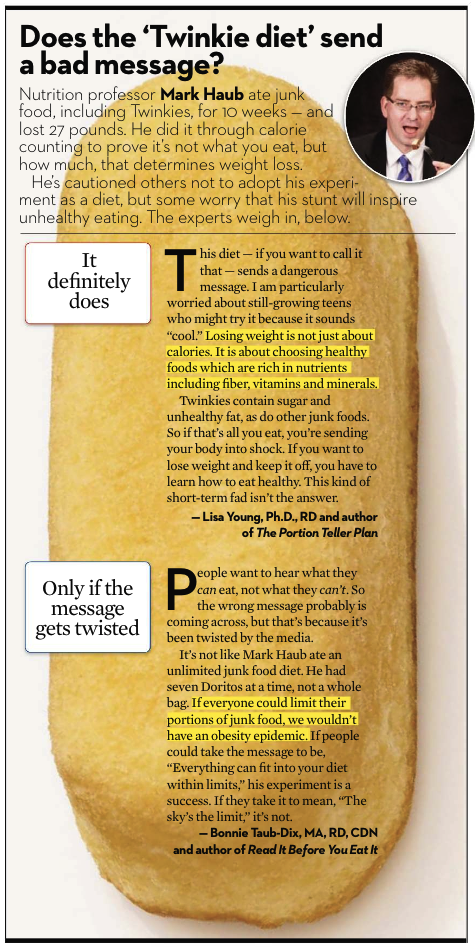In the realm of contemporary dietary discourse, few narratives are as peculiar and captivating as that of Mark Haub’s Twinkie Diet. This audacious experiment redefines the conventional paradigms of nutrition, inviting both intrigue and skepticism. Here lies a man, an academic in human nutrition, who, rather than admonishing the whimsical allure of sugary snacks, embarks on a journey through the kaleidoscopic world of processed indulgence.
Picture a grand tapestry, each thread woven from the whispering desires for convenience, palatability, and instant gratification. Within this tapestry, Haub, a mild-mannered professor, chose to ensconce himself in the colorful confines of an American staple: the Twinkie. Dismissing the usual angst surrounding dietary restrictions, he undertook a 10-week odyssey in which his culinary repertoire consisted primarily of Hostess Twinkies, sugary cereals, and other hyper-caloric confections. Stripped of the conventional health dogmas, his venture foregrounded a salient question—what constitutes “healthy” eating in an age where moderation often seems an elusive dream?
Haub’s approach can be likened to that of an alchemist, transmogrifying the baser elements of his diet into a healthful endeavor. With a careful eye, he managed his caloric intake, ensuring that the caloric deficit became the fulcrum of his weight loss strategy. The crux of this undertaking was not simply a whimsical foray into the realm of fast-food folly; it was a scientific expedition to explore the underlying mechanics of weight loss, revealing the disarming truth that calories, when managed judiciously, could prevail over the type of food consumed.
Throughout this experiment, the metaphor of indulgence versus moderation danced on the precipice of public consciousness. As Haub’s waistline dwindled, his findings ignited a cacophony of debate. Was he undermining the fundamental tenets of nutrition? Or was he, in fact, illuminating the intricate interplay of human cravings and dietary choices? His results echoed with an unsettling clarity: a loss of 27 pounds and a marked decrease in cholesterol, all while indulging in what many would deem dietary treachery.
However, the allure of the Twinkie Diet does not merely lie in its stark contradictions, but also in what it exposes about societal perceptions of health and wellness. The cultural fable of the ‘good’ versus ‘bad’ food becomes a mere illusion when faced with the empirical reality of caloric balance. Indeed, Haub’s narrative compels you to ponder the seductive lure of moderation in excess and the psychological complexities entwined with our eating habits. So, as we navigate the labyrinth of modern dietary philosophy, Haub’s audacity serves as a provocative reminder of the intricate dance we share with the mouthwatering comforts of our most guilty pleasures.
